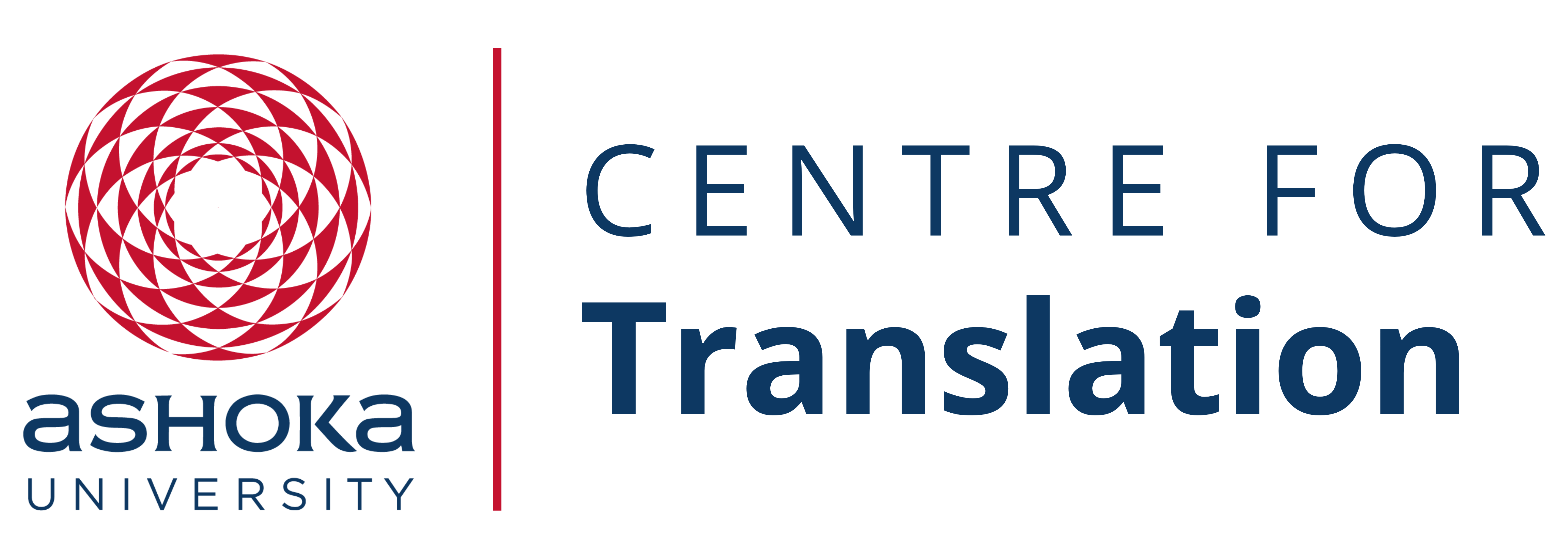Rita Kothari traces the conceptual-linguistic journey of the term “secular” in India, in a special article published by the Economic and Political Weekly.
This paper is a set of reflections rather than a unified grand argument on what is one of India’s most used, abused and complex terms. The realm of this subject is too enormous to do full justice, especially as an argument. I am concerned with the words secular/secularism, terms used interchangeably, but also made distinct. Conceived as an aspiration for the Indian republic, secularism of the Indian state has a chequered history. It was enshrined in the Constitution
without being specifically named so, and the word was added to the preamble in 1976 through the 42nd amendment. The success or failure of secular state ideology is not under discussion
in here, but the journey of the word during different phases of both state and civil society discussions is relevant to our purpose. We follow the path of the English word “secular,”
watch the theatre of language, and brood over the relationship between this word and everyday India. We may move between “secularism” and “secular” through the discussion; although
practices of naming and blaming show a move away from the noun to the adjective. The noun is abstract; representing an idea. The adjective is used as a label, if not an accusation in the India of the everyday. It is a bad word when used by rightwing groups, to denote not only what they do not like, but whom they do not like. It would seem then that those who describe themselves as “secular” would make a focused use of the word.
However, that is also not true. If the word is pejorative in some cases, it is fuzzy in some others. How does this word refuse to be bound to a definite and consensual meaning in India, yet used freely, finding its definitions in objects rather than in itself? I would hazard that discussions typically have focused much on the concept and credo of secularism instead of asking how the linguistic sign “secular” fares the way it does in India. Spectre-like, secular appears every now and then, with shifting meanings and emphasis. Its protean and unsettled nature remains common across ideological persuasions. At this point it is important to clarify that a certain vagueness and inadequacy of translation characterizes even words like “dharma” or “jati,” and the rupture between word and meaning may not be unique to the word “secular.” However, the emphasis of this paper is not on inherent limitations of language with respect to polyvalent words, rather it is the malleability consequent upon the word “secular” which makes it a term of abuse sometimes,
evident even in spellings and pronunciations. The first half of the paper combines dominant and emerging views on secularism along with an ethnography of the term “secular” in the everyday. The second half teases out the word/concept rupture and offers tentative theories of translation for a word in a state of motion. The linguistic sign, it will be observed, is the body on which ideologies are performed.
Intellectual histories of the term secular abound; but one that comes to mind first is by Shabnum Tejani. Tejani (2011) mentions in her introduction to Indian Secularism: A Social and Intellectual History, 1890–1950 that as a student writing on modern India, she was struck by the ubiquitous and vehement insistence—in both journalistic and scholarly literature as well as amongst her friends—that India was a secular nation. That is: the nation treated all religions equally. This was during the early 1990s. The Mandal Commission had recommended a dramatic increase in the caste reservations, the then Prime Minister Rajiv Gandhi had overturned a Supreme Court ruling on secularizing a Muslim customary law on alimony, and the Bharatiya Janata Party (BJP) had led hordes of people to destroy the Babri Masjid. Clearly, the myth and reality differed as they always do; or perhaps, the understanding of secularism differed widely on the ground. If we were to carry out a survey today, it is possible that we might witness a de-mythification of this phenomenon. Under the aegis of a right-wing state whose idea of India is that of a Hindu state, the distance between aspiration and reality has increased much too significantly for certain mythologies to endure. In the years since the period Tejani mentions, a despondent group may mourn the loss of secularism while another large group may not even see secularism as a desirable goal. In fact, in the assembly elections of 2019 in Gujarat, the word secularism hardly figured during campaigns. Meanwhile, here is an account of new usages and orthographic avatars of the term secular and a semantic–semiotic field that is baffling and volatile. In India, semantic disjunctures have characterized the word secular almost from the start.
To read more, download the complete version of the article here.
